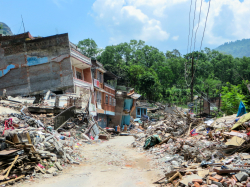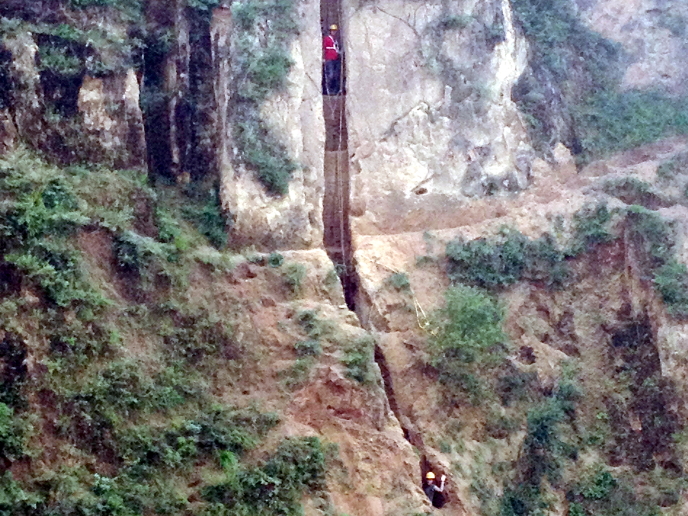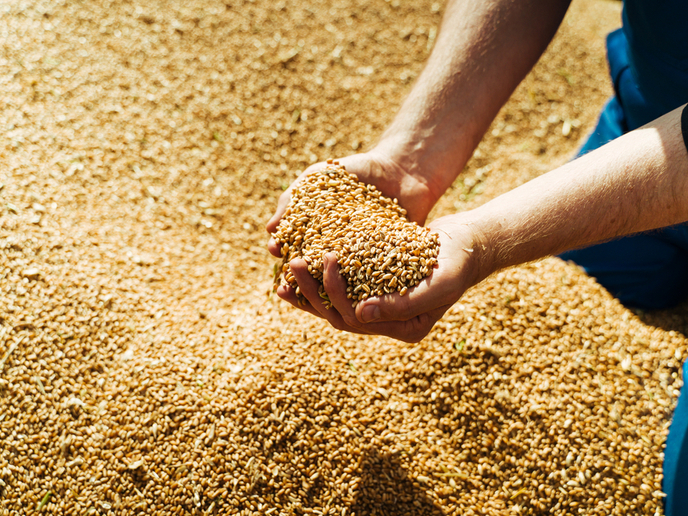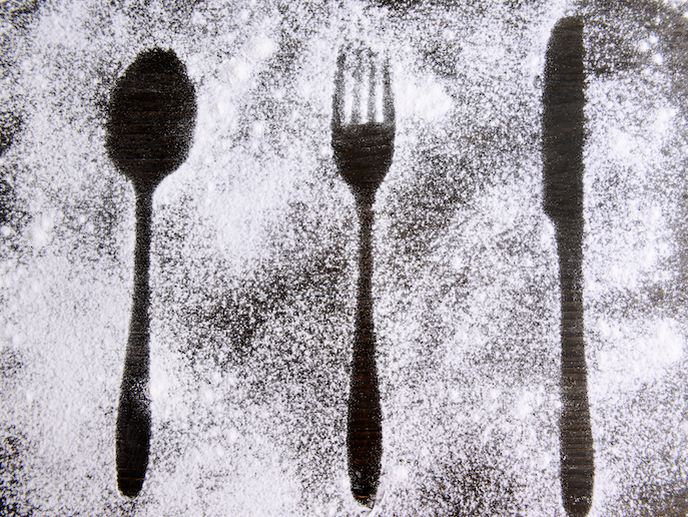Influence of silt on soil liquefaction
Soil liquefaction refers to the process whereby the strength and stiffness of a soil is reduced by an earthquake or other sudden change in stress. By undermining the foundations of buildings and other forms of infrastructure, liquefaction can cause enormous damage – as witnessed in the 2011 Christchurch earthquake in New Zealand, for example. The aim of the EU-funded project LIQUEFCTN SILTYSANDS (Influence of silt characteristics on liquefaction behaviour of silty sands) was to investigate the effect that silt-size soil grains have on the liquefaction behaviour of sandy soils. This is an important area of research because of cases throughout the world of liquefaction involving silty sands following earthquakes. However, liquefaction can also occur under static loading conditions such as those found in mine tailings, spoil heaps, embankments, levees and earth dams, where sand and silty sand exist. LIQUEFCTN SILTYSANDS had three main objectives, the first being to investigate the effect of silt on liquefaction of silty sands under static loading conditions. The second objective was to investigate the effect of silt grains on liquefaction behaviour of silty sands under dynamic loading conditions, such as seismic loading during earthquakes. These first two objectives were investigated using monotonic and cyclic compression tests on different silty sands. The final objective was to draw up recommendations for geotechnical engineering research and practitioners involved in the evaluation of liquefaction. Initial results revealed that the availability of silt-size grains (smaller than 0.0075 mm) in sand increases its liquefaction potential. Furthermore, the liquefaction potential was increased by a range of factors, including the size and gradation of the silt fraction within the dominating sand matrix. Researchers also discovered that variations in shape characteristics, such as angularity, of the silt grain matrix in sandy soils could also influence their liquefaction behaviour. It was also found that there was a coupled relationship between various silt characteristics like fines content, shape and gradation, and liquefaction. Results from LIQUEFCTN SILTYSANDS will clarify what factors increase, decrease or otherwise influence the liquefaction potential of sands. They will also show what kinds of corrections and modifications are required for current evaluation procedures, thereby helping to protect citizens from the effects of earthquakes.
Keywords
Silt, liquefaction, earthquakes, LIQUEFCTN SILTYSANDS, static loading







